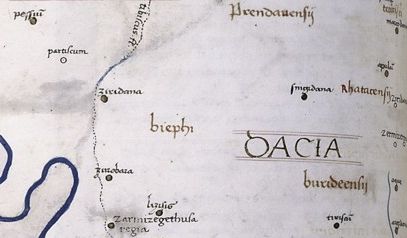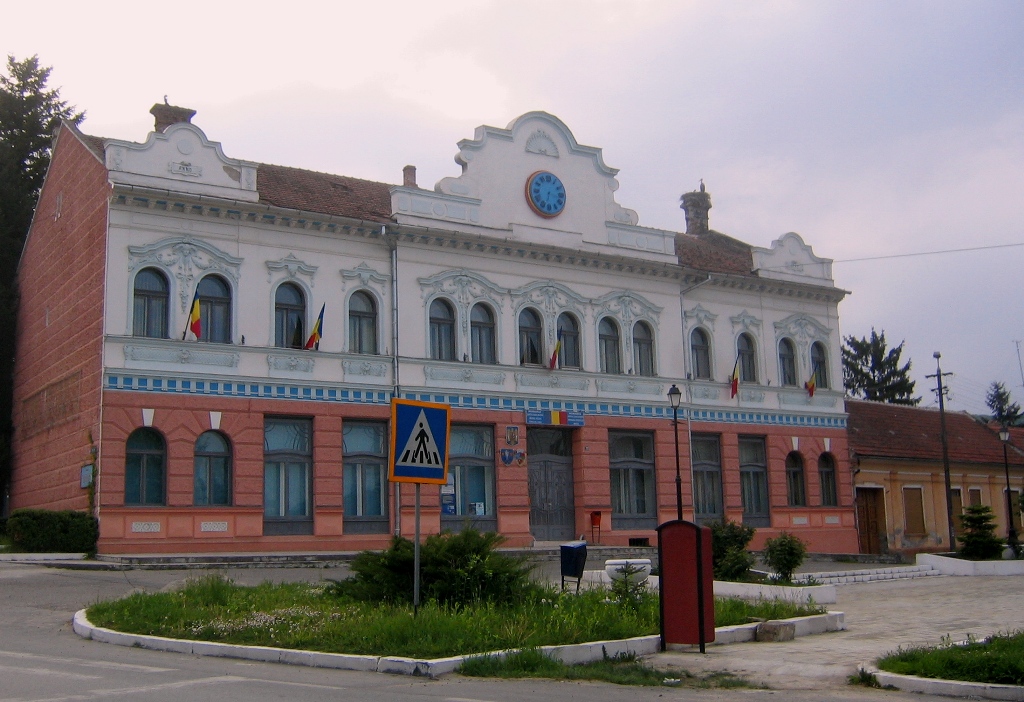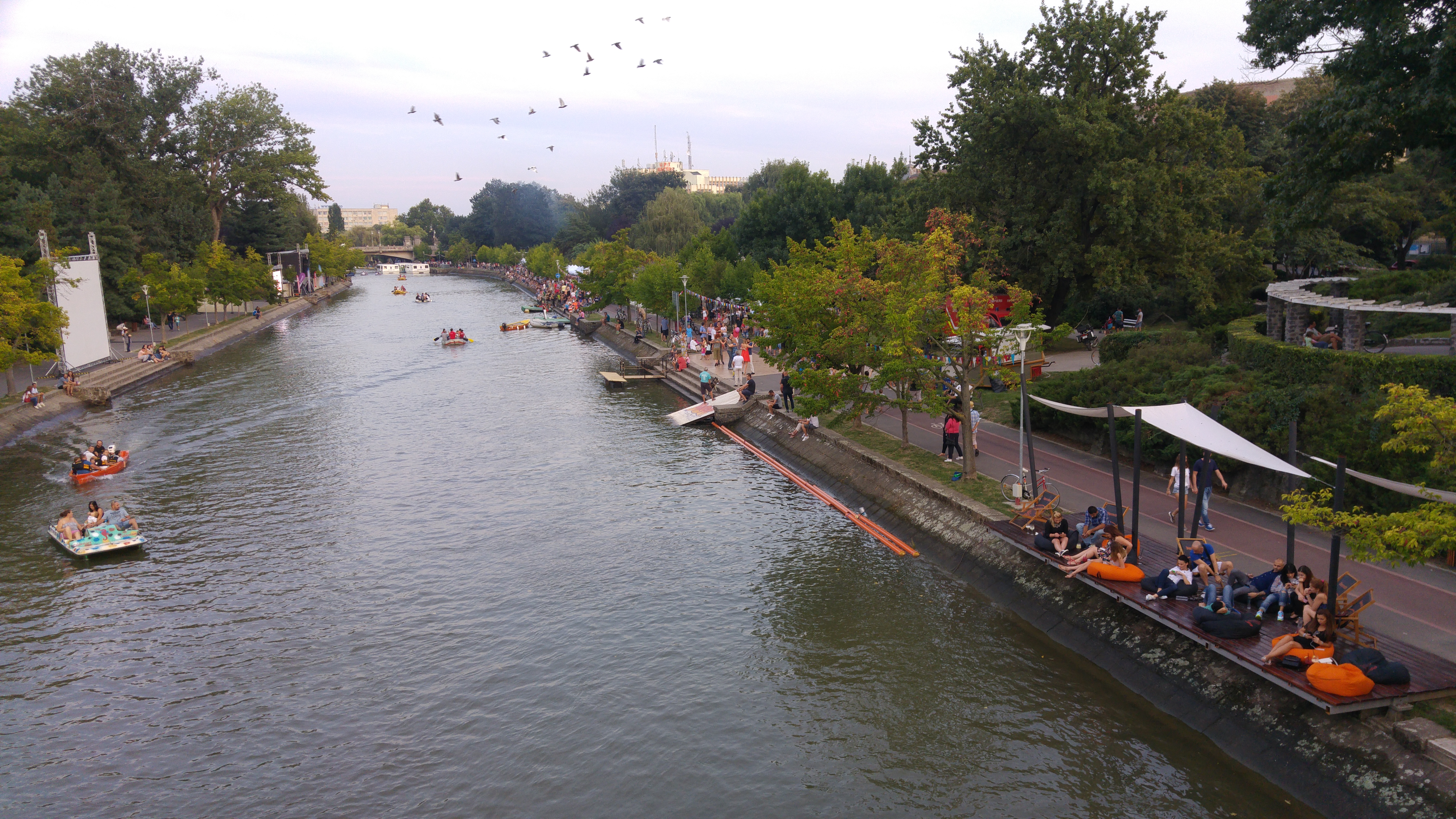|
Cernabora
The Cernabora (also: ''Scăiuș'') is a left tributary of the Timiș in Romania. It flows into the Timiș near the city Lugoj Lugoj (; ; ; ; ; ) is a list of cities and towns in Romania, city in Timiș County, Romania. The Timiș, Timiș River divides the city into two halves: the "Romanian Lugoj" that spreads on the right bank, and the "German Lugoj" on the left bank. Th .... Its length is and its basin size is . References Rivers of Romania Rivers of Caraș-Severin County Rivers of Timiș County {{Timiș-river-stub ... [...More Info...] [...Related Items...] OR: [Wikipedia] [Google] [Baidu] |
Timiș (river)
The Timiș or Tamiš (, , , ) is a river that flows through the Banat region of Romania and Serbia and joins the Danube near Pančevo, in northern Serbia. Due to its position in the region, it has been labeled as the "spine of the Banat". Name In Classical antiquity, antiquity, the river was known as ''Tibiscus'' (in Latin) and ''Tibisis'' (Θίβισις in ancient Greek), and as ''Timisis'' in De Administrando Imperio; in addition, Edward Gibbon referred to it as the ''Teyss''. ''The Romans, who traversed the plains of Hungary, suppose that they passed several navigable rivers, either in canoes or portable boats; but there is reason to suspect that the winding stream of the Teyss, or Tibiscus, might present itself in different places under different names.'' Geography The Drainage basin, drainage area covers , of which in Romania. With the Danube, the Timis belongs to the Black Sea drainage basin. The river flows through Romania for , and through Serbia. Its average di ... [...More Info...] [...Related Items...] OR: [Wikipedia] [Google] [Baidu] |
Lugoj
Lugoj (; ; ; ; ; ) is a list of cities and towns in Romania, city in Timiș County, Romania. The Timiș, Timiș River divides the city into two halves: the "Romanian Lugoj" that spreads on the right bank, and the "German Lugoj" on the left bank. The city administers two villages, Măguri and Tapia. Etymology The origin of the toponym ''Lugoj'' has generated a series of controversies over time. claims that it derives from the Latin language, Latin word "lucus" (grove, small forest). Iorgu Iordan, in his ''Romanian Toponymy'', accepts the origin of the name from the Slavic prefix "lug-" or "luh-" (swamp forest) and the Hungarian suffix "-os". However, linguist Simion Dănilă claims that the name of the city has its origin in the word "logos," a Banat doublet for "rogoz" (sedge, a hydrophilous plant). All these hypotheses refer to the swampy areas that once surrounded the city. Geography Lugoj is located in southwestern Romania, in central-eastern Timiș County, in the historica ... [...More Info...] [...Related Items...] OR: [Wikipedia] [Google] [Baidu] |
Romania
Romania is a country located at the crossroads of Central Europe, Central, Eastern Europe, Eastern and Southeast Europe. It borders Ukraine to the north and east, Hungary to the west, Serbia to the southwest, Bulgaria to the south, Moldova to the east, and the Black Sea to the southeast. It has a mainly continental climate, and an area of with a population of 19 million people. Romania is the List of European countries by area, twelfth-largest country in Europe and the List of European Union member states by population, sixth-most populous member state of the European Union. Europe's second-longest river, the Danube, empties into the Danube Delta in the southeast of the country. The Carpathian Mountains cross Romania from the north to the southwest and include Moldoveanu Peak, at an altitude of . Bucharest is the country's Bucharest metropolitan area, largest urban area and Economy of Romania, financial centre. Other major urban centers, urban areas include Cluj-Napoca, Timiș ... [...More Info...] [...Related Items...] OR: [Wikipedia] [Google] [Baidu] |
Caraș-Severin County
Caraș-Severin () is a county ( județ) of Romania on the border with Serbia. The majority of its territory lies within the historical region of Banat, with a few northeastern villages considered part of Transylvania. The county seat is Reșița. The Caraș-Severin county is part of the Danube–Criș–Mureș–Tisa Euroregion. Name In Serbo-Croatian, it is known as ''Karaš Severin''/Караш Северин or ''Karaš-Severinska županija'', in Hungarian as ''Krassó-Szörény megye'', in German as ''Kreis Karasch-Severin'', and in Bulgarian as Караш-Северин (translit. ''Karash-Severin''). Geography With 8,514 km2, it is the third largest county in Romania, after Timiș and Suceava counties. It is also the county through which the river Danube enters Romania. The mountains make up 67% of the county's surface, including the Southern Carpathians range, with Banat Mountains, Țarcu-Godeanu Mountains and Cernei Mountains and elevations between ... [...More Info...] [...Related Items...] OR: [Wikipedia] [Google] [Baidu] |
Timiș County
Timiș () is a county (''județ'') of western Romania on the border with Hungary and Serbia, in the historical regions of Romania, historical region of Banat, with the county seat at Timișoara. It is the westernmost and the largest county in Romania in terms of land area. The county is also part of the Danube–Criș–Mureș–Tisa Euroregion. Name The name of the county comes from the Timiș (river), Timiș River, known in Roman antiquity as ''Tibisis'' or ''Tibiscus''. According to Lajos Kiss' etymological dictionary, the name of the river probably comes from the Dacian language: ''thibh-isjo'' ("marshy"). In Hungarian language, Hungarian, Timiș County is known as ''Temes megye'', in German language, German as ''Kreis Temesch'', in Serbian language, Serbian as Тамишки округ/''Tamiški okrug'', in Ukrainian language, Ukrainian as Тімішський повіт, and in Banat Bulgarian dialect, Banat Bulgarian as ''okrug Timiš''. Geography Timiș is the lar ... [...More Info...] [...Related Items...] OR: [Wikipedia] [Google] [Baidu] |
Știuca
Știuca (Romanian language, Romanian for "Esox, pike"; ; ; ) is a communes of Romania, commune in Timiș County, Romania. It is composed of four villages: Dragomirești, Oloșag, Știuca (commune seat) and Zgribești. Name History The first mention of Știuca dates back to 1585, but it is about ''praedium'' or ''terra Stukatth'' and not about a cohesive locality. The village was practically founded by German settlers between 1784 and 1787. They named it Ebendorf, a name it bore until 1901. The German settlers came from various regions, the first being from Luxembourg, followed by those from Württemberg, Bavaria and Austria. Slovaks and Germans from Bohemia later settled. Through school and church, through mixed marriages, the Slovaks were assimilated over time by the German population. The Știuca–Sălbăgel estate was once owned by the barons of the Brukenthal house. In 1786, 60 families, totaling 214 people, mostly from Luxembourg, settled in Știuca. From 1867, during t ... [...More Info...] [...Related Items...] OR: [Wikipedia] [Google] [Baidu] |
Tributary
A tributary, or an ''affluent'', is a stream or river that flows into a larger stream (''main stem'' or ''"parent"''), river, or a lake. A tributary does not flow directly into a sea or ocean. Tributaries, and the main stem river into which they flow, drain the surrounding drainage basin of its surface water and groundwater, leading the water out into an ocean, another river, or into an endorheic basin. The Irtysh is a chief tributary of the Ob (river), Ob river and is also the longest tributary river in the world with a length of . The Madeira River is the largest tributary river by volume in the world with an average discharge of . A confluence, where two or more bodies of water meet, usually refers to the joining of tributaries. The opposite to a tributary is a distributary, a river or stream that branches off from and flows away from the main stream. [...More Info...] [...Related Items...] OR: [Wikipedia] [Google] [Baidu] |
Rivers Of Romania
This is a list of rivers of Romania which entirely or partially flow through Romania. Longest rivers The length and drainage area represent only the part of the river within Romania.2017 Romanian Statistical Yearbook p. 13 References {{List of rivers of Europe *Romania
Romania is a country located at the crossroads of Central Europe, Central, Eastern Europe, Eastern and Southeast Europe. It borders Ukraine to the north and east, Hungary to the west, Serbia to the southwest, Bulgaria to the south ...
[...More Info...] [...Related Items...] OR: [Wikipedia] [Google] [Baidu] |
Rivers Of Caraș-Severin County
A river is a natural stream of fresh water that flows on land or inside caves towards another body of water at a lower elevation, such as an ocean, lake, or another river. A river may run dry before reaching the end of its course if it runs out of water, or only flow during certain seasons. Rivers are regulated by the water cycle, the processes by which water moves around the Earth. Water first enters rivers through precipitation, whether from rainfall, the runoff of water down a slope, the melting of glaciers or snow, or seepage from aquifers beneath the surface of the Earth. Rivers flow in channeled watercourses and merge in confluences to form drainage basins, or catchments, areas where surface water eventually flows to a common outlet. Rivers have a great effect on the landscape around them. They may regularly overflow their banks and flood the surrounding area, spreading nutrients to the surrounding area. Sediment or alluvium carried by rivers shapes the landscape aro ... [...More Info...] [...Related Items...] OR: [Wikipedia] [Google] [Baidu] |




